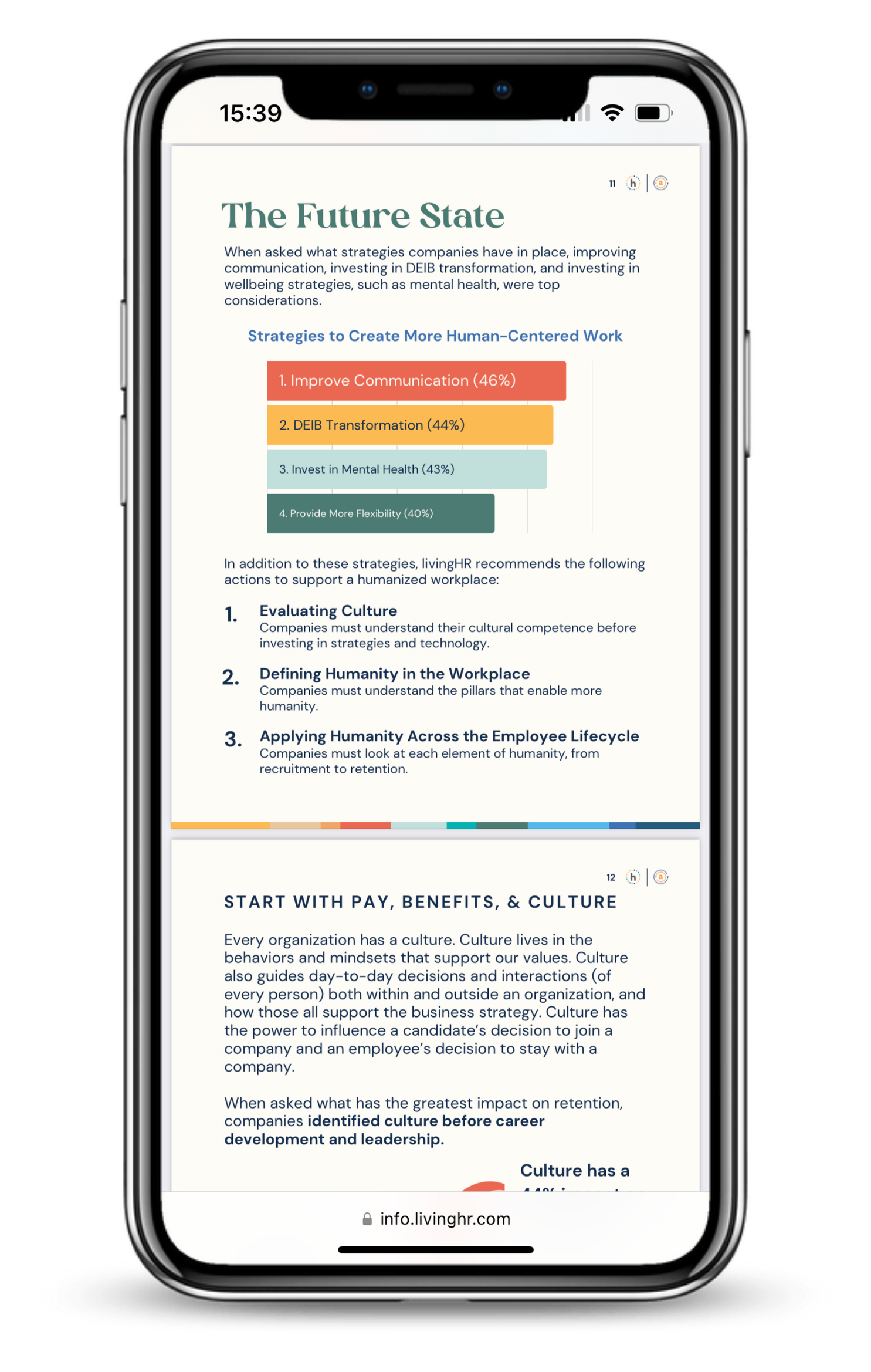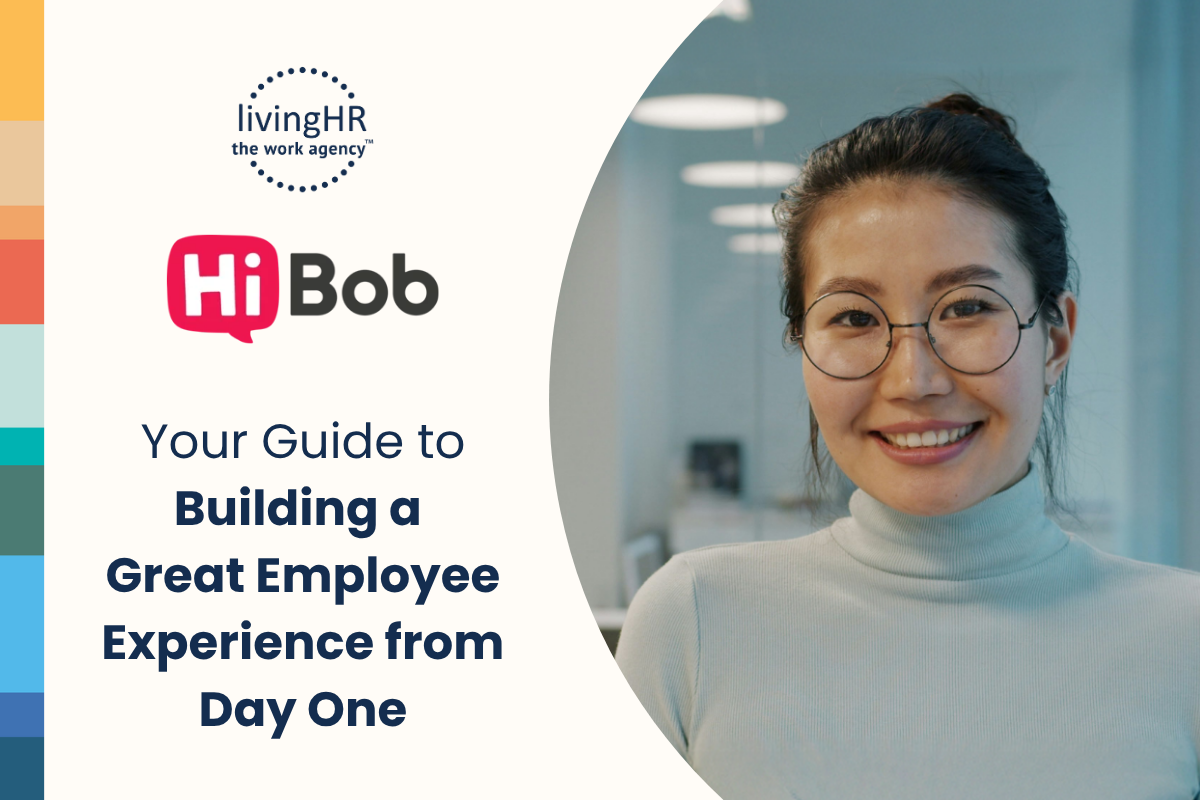Since 2012, the number of job openings in the United States has continued to rise. On the surface, this is great news! More job openings mean better unemployment rates and economic growth. That said, some drivers behind the increased job openings are not so great – Great Resignation, is that you? The unprecedented number of people leaving their jobs since the pandemic has left many companies scratching their heads, trying to figure out how to attract new talent while keeping the people they have. Juxtaposed with the bevy of recent layoffs across multiple industries, the last few years have been volatile to say the least.
A recent article from the U.S. Bureau of Labor Statistics investigated the increase in resignations during the COVID-19 pandemic as compared to other catastrophic events and found that compared to the dot.-com recession in 2001 and the 2007-2009 Great Recession, the last two years have seen even higher rates of voluntary turnover across the U.S. The study also found that resignation rates were highest in companies with less than 1,000 employees, making major impacts on the company’s ability to maintain productivity and profitability.
So how can unemployment rates be so low, yet the number of open positions is so high? A few factors likely contributing to the gap are:
- The increase in freelance or “gig” work
- The pivot to an employee-centric market where employees can, and are, demanding higher wages, more flexibility, and better benefits
- Last but certainly not least, the talent gap
The talent gap is the gap between the skills needed to successfully perform a job and the skills someone actually has. Some reasons for talent gaps can be tied to education and experience, but in our rapidly-changing world, job requirements and technology often advance faster than people can build their skills.
In this article, we will provide you with different ideas you can implement in your company to bridge the talent gap you may either be facing now or one that may be looming on the horizon.
Do you have a talent gap?
Whether you have a talent gap currently or may have one down the line, taking a critical look at your existing workforce to determine what skills people have now and what will be needed to ensure future success is always a worthwhile exercise.
Start by looking at your existing team’s skills. Do all employees have a solid understanding of your current tech stack and how to use it? If you are considering changes to your tech stack, processes, or business structure, are you confident your employees have the learning agility to adjust to these changes? If not, this is a great place to start. Providing an array of learning options (live, on-demand, and written guides) helps fill any current knowledge gaps and creates confidence in your teams.
Next, review your company strategy and identify roles needed to reach your goals. For example, your growth strategy may include acquisitions in the coming years. To do that successfully, you’ll need people with experience in managing the M&A process on your team. Start by looking at your current employees to determine who has these skills first; if there are opportunities for internal team members to learn, grow, and get promoted, that’s a great start. What training can you provide to help these team members get up to speed quickly? If no one on the team has the skills, or you’ll need multiple people to help, this is where new roles may need to be created. You may also need to provide training to your existing finance and people teams to help them successfully navigate through the process before it happens.
Whether you have a gap now or foresee one in the future, it’s crucial to take a deep look at your team’s skills against your company’s needs on a regular basis. Planning to adjust to the gaps before they happen can help ensure you’re on track to meet your strategic goals and can help create a happier, more confident, and more productive team.
Upskill your workforce
This 2020 report says, “on average, companies estimate that around 40% of workers will require reskilling of six months or less and 94% of business leaders report that they expect employees to pick up new skills on the job, a sharp uptake from 65% in 2018.” Those numbers are high, and the trend will continue as new technologies and automation are increasingly introduced, while more people are working remotely with less access to in-house IT support.
So, what is upskilling? Upskilling involves providing employees with the resources they need to enhance their existing skills and/or develop new ones. This can include training, mentoring programs, professional development opportunities, certificate programs, stretch assignments, and other methods of skill-building. In order to foster an environment that encourages employees to take the initiative in their own learning process, leaders should regularly check in with their team members to ask about areas of interest, motivate their team members to bring growth opportunities to their attention, and clearly communicate the company’s commitment to learning. Executive leaders should regularly communicate the importance of continued growth, and companies can consider providing company-wide recognition for employees who demonstrate new skills. Another way to foster a culture of growth is to encourage all employees to share new, innovative ideas. Good ideas can come from anywhere, and creating an environment where everyone is able to speak up ensures continued innovation.
Opportunities to learn and grow are frequently cited by employees as something critical to their satisfaction at work and can not only help with retention, but also attraction.
Add tailored learning programs to everyday work
One of the best ways to create an environment of continuous learning is to offer ongoing learning programs to meet employees where they are and help target new skills to develop that are specific to their current or desired role. These programs help ensure that your people are able to do their jobs well, and it also allows them to continue to grow with the company as it evolves.
A potential way to start is by picking a small group of employees to engage in a pilot training program, leveraging a known skill gap. This can help address acute, short-term needs while keeping spending modest and laying the foundation for a learning culture. It can also help identify potential issues with the program that can be addressed before it’s rolled out to the larger group; it creates peer champions that can speak to the benefits of the new program; and it can identify FAQs to help address potential questions before they arise.
A key part of tailored learning programs is to ensure a multi-media, multi-method approach. Including on-demand learning via audio, video, and written guides with opportunities to engage live will help ensure that there’s something for everyone. Creating real-life applications and exercises helps employees apply what they’ve learned right away to maximize retention. While bringing experts in to assess and develop individualized learning programs may be more costly initially, the investment will pay off in the long run.
Take regular pulse checks
An important step to any learning program you implement is a way to track the effectiveness of that program. It helps to enable real-time adjustments and can also demonstrate return on investment to board members or other stakeholders. Measuring educational impact can sometimes feel intangible, and there’s no direct return on investment that's clear to demonstrate. Instituting some KPIs can help you monitor how effective your learning programs are, and regularly asking your employees for their feedback can also help ensure use and adoption.
Some key metrics to consider are turnover (separated by voluntary and involuntary); eNPS; career path ratio; and performance ratings. Another way to track this is to create a representation of your skill gap analysis findings (e.g., 30% of employees lack critical skills, etc.). Re-measure your skill gap after a year, and track your progress against previous years. This, combined with employee feedback and KPIs, is a great way to measure your effectiveness.
Making sure your employees have the critical skills needed to carry your company into the future is more important than ever with the rapid changes in technology. Investing in the development of your people not only makes you a more attractive company for prospective candidates, but it's also a great way to retain top talent while ensuring that you have the skills needed to reach your strategic goals moving forward.
Download our Human-Centered Work Research Report now to learn more about investing in your people.






